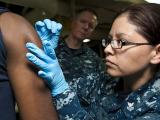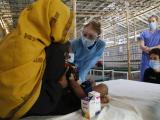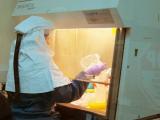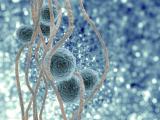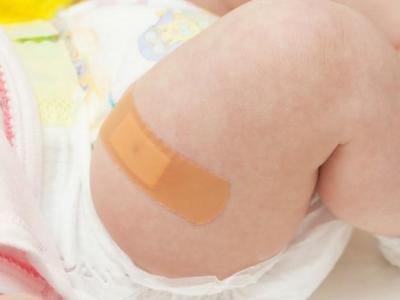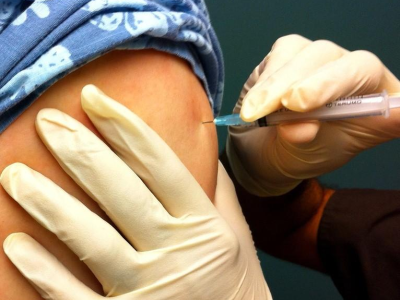May 10, 2002 (CIDRAP News) Raising air intake vents at least 12 feet above ground level is one important step for protecting building ventilation systems from chemical, biological, or radiological attack, according to guidelines released today by the US Department of Health and Human Services (HHS).
The guidelines for protecting commercial and government buildings address the physical security of ventilation systems, airflow and filtration, maintenance, program administration, and maintenance staff training. They were prepared by the National Institute for Occupational Safety and Health (NIOSH) with help from other federal agencies, state and local organizations, and professional associations.
"These guidelines offer practical advice to building owners, managers and maintenance staffs on steps they can take to protect their ventilation systems," said HHS Secretary Tommy G. Thompson in a news release.
"The guidelines are intended as a first step with the professional community, government agencies, and others toward developing more comprehensive guidance for protecting building ventilation systems," the HHS release says. Besides protecting air intakes, the document recommends protecting return-air grilles and restricting access to information on building operation systems and building design. The document also advises building managers to assess the need for improved air filtration, consider installing emergency controls for heating and air conditioning systems, update building emergency plans, and adopt preventive maintenance procedures.
The guidelines also list things that should not be done, such as permanently sealing outdoor air intakes or interfering with fire protection systems.
The guidelines, titled "Guidance for Protecting Building Environments from Airborne Chemical, Biological, or Radiological Attacks," total 40 pages in pdf format. They are available on the NIOSH Web site (see link below) or by calling NIOSH at 1-800-356-4674.
See also:
Guidelines table of contents on NIOSH site
http://www.cdc.gov/niosh/docs/2002-139/
HHS news release about the guidelines
http://archive.hhs.gov/news/press/2002pres/20020510.html

